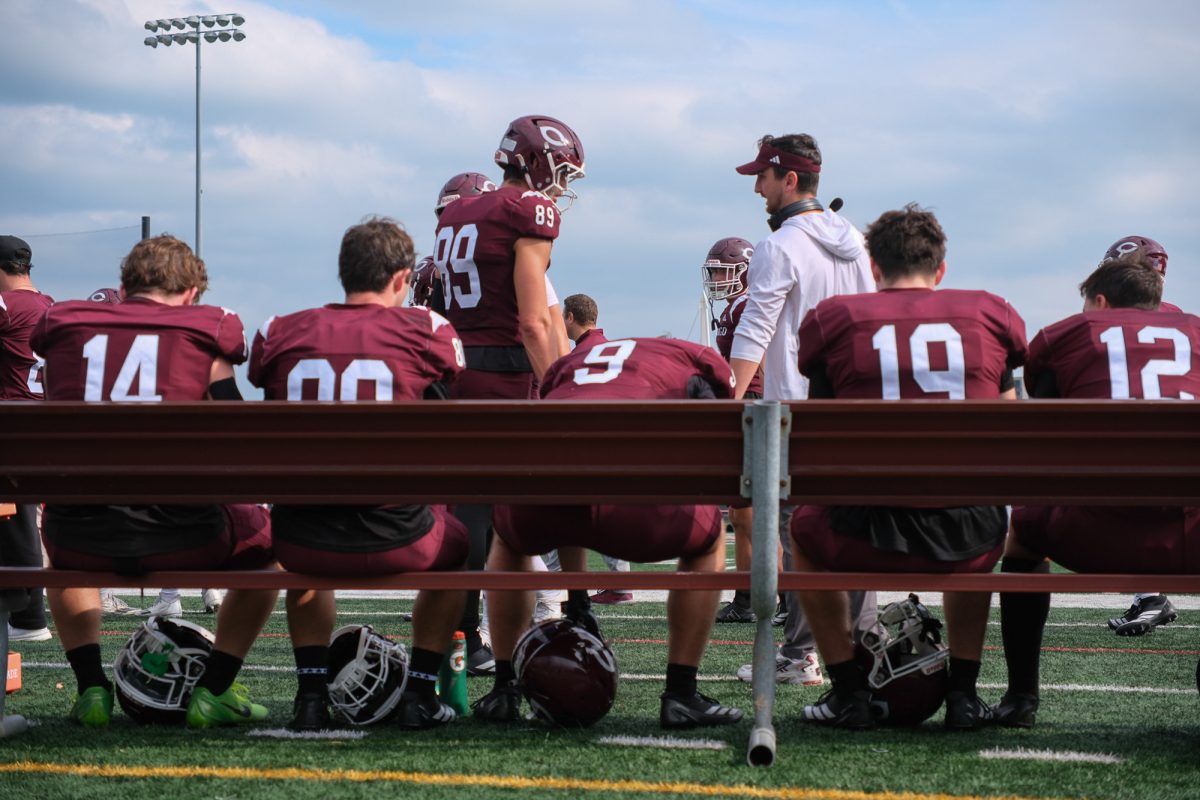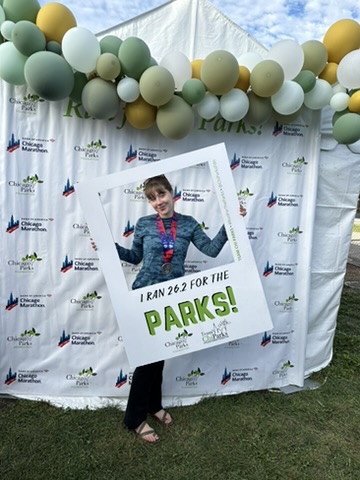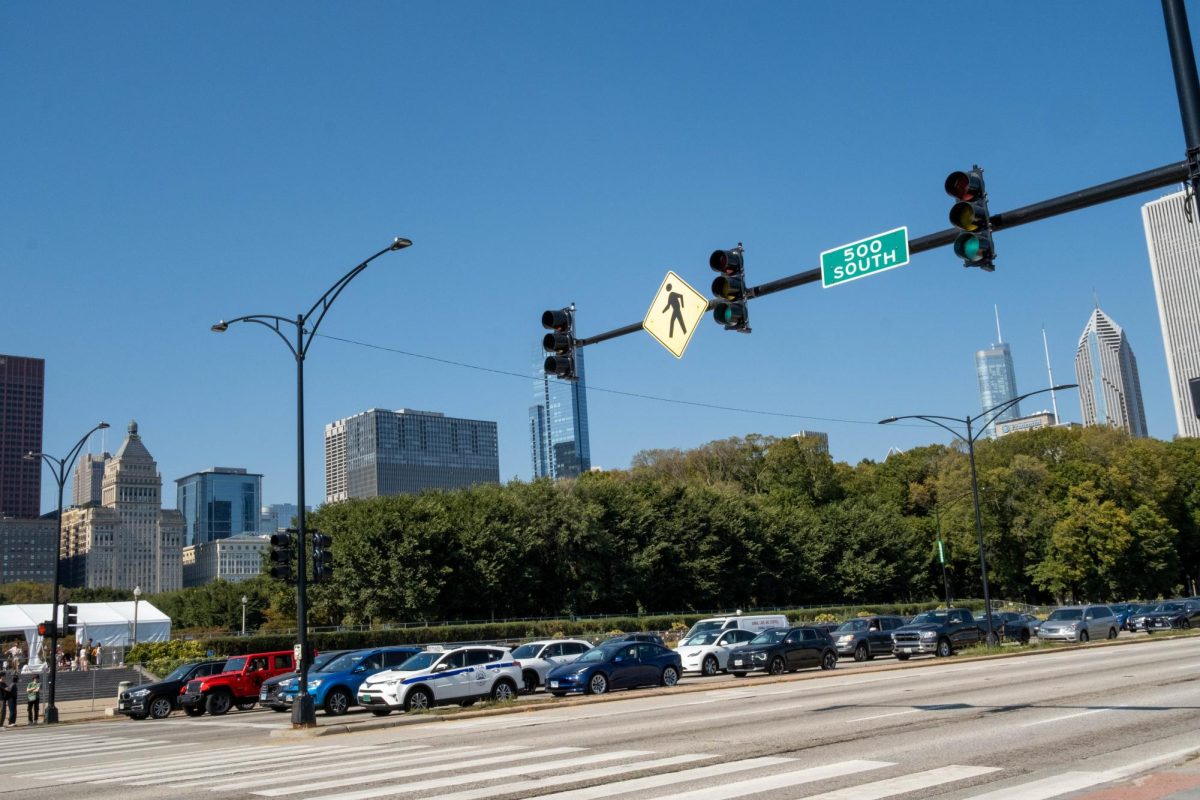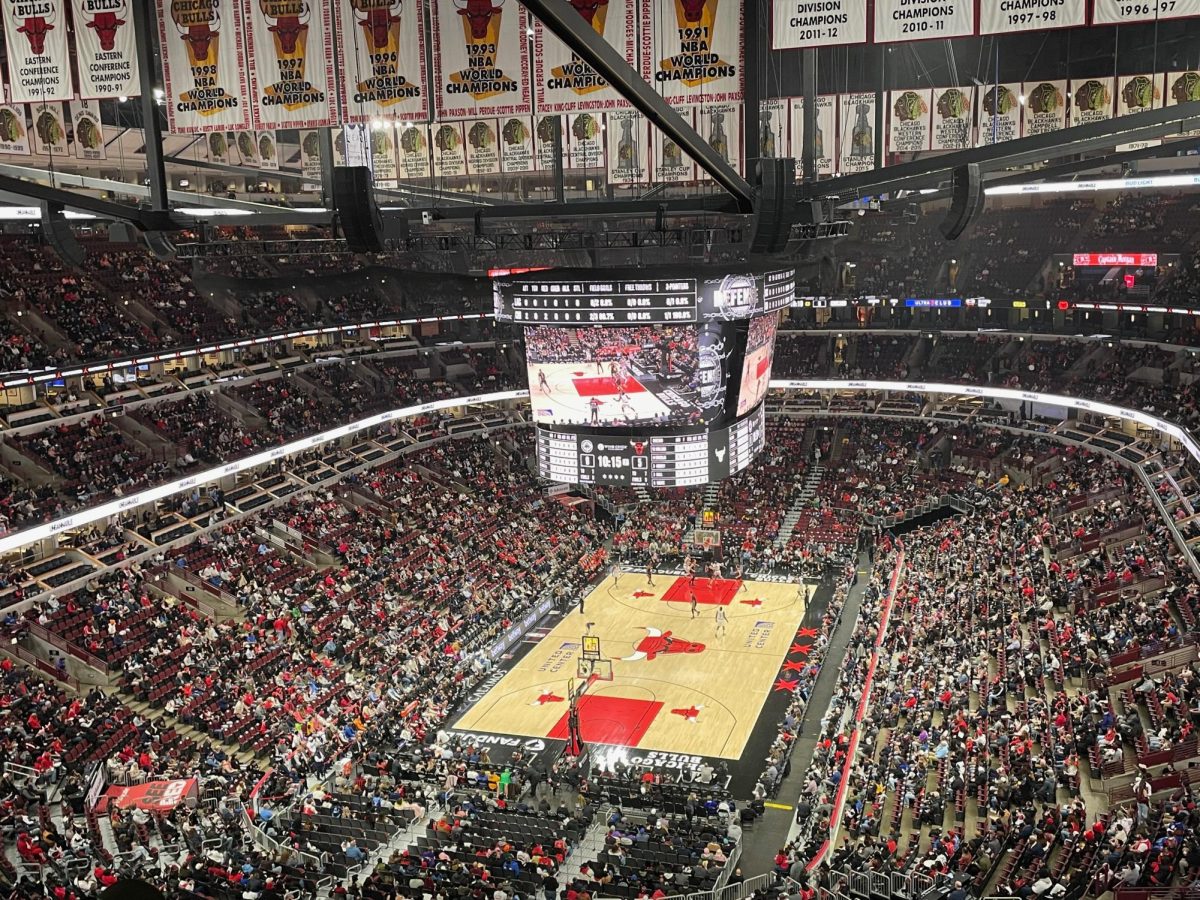Like many Chicagoans, I seized the opportunity to travel to warmer climates over winter break and went to Los Angeles to visit my girlfriend. As soon as I stepped out of the airport I was bathed in sunlight and a cool breeze played across my face; considering the hail/rain/snow/fog brew in which I had been running just a few hours before, it was a welcome change. It was nice to think that I was going to be working out in an ideal environment for the next two weeks. I imagined the great work I would put in, taking the chance to train in a way that I could not while at my Chicagoland home. Two weeks later, as I was on the plane back home, I realized that I had done only a fraction of the work I thought I would. If weather wasn’t the deterrent, then what was?
Winter is an odd time for people who enjoy working out. On the one hand, there is the drive and determination to stay in shape, as well as the fun that one has while competing. On the other hand, it’s incredibly cold and miserable. Getting off the couch to walk over to Ratner or Henry Crown for basketball or indoor soccer is a much more daunting prospect when it’s a balmy zero degrees outside. But what I came to realize in California is that the cold shouldn’t be thought of as a deterrent, but rather, as a motivating force.
That might sound odd, so let me explain. I’m an early riser. During the summer, I like to get my workouts in really early, at around six or seven in the morning. During the winter, however, going out for a run has to wait until two or three in the afternoon when the sun has been out long enough to take those early-morning, single-digit temperatures and push them to a somewhat tolerable place. In California, that early-morning workout was still available to me. But when I woke up at seven on the first day with the intention of going for a run, a voice in the back of my mind whispered, “Go back to bed. It’ll be nice later. You can run whenever you want to.” Sure enough, five minutes later I was back asleep.
Athletes, or at least the good ones, thrive when things get difficult. It’s what separates the great from the good, the gold from the bronze, and the Michael Jordans from the LeBron Jameses. Peter Snell, the great New Zealand runner and two-time Olympic champion, used to relish the icy cold rains of winter. While he was out training, he could be sure his opponents were resting nice and warm by the fire, and in those moments he could know he was gaining an advantage. The challenge invigorated him, and that’s what made him great.
A Chicago winter is a similar challenge. It’s easy to bemoan the cold. It’s easy to sit on the couch and reason that a trip to Ratner just isn’t worth it. It’s easy to wish you were somewhere else, somewhere warmer. But it is specifically that adversity which has the capability to propel athletes to the next level, a level that other athletes in less daunting environments can’t possibly hope to reach. If you weren’t in Chicago, you would never get the opportunity to learn what kind of athlete, and, by extension, what kind of person, you really are.
That’s not to say that athletes in warmer climates don’t face challenges as well. I’m using the cold as one example of the million obstacles that athletes face in their day-to-day lives. Athletes, or at least the great ones, pile these challenges on because each challenge overcome makes it that much harder to quit when things become difficult.
So embrace the cold. Embrace the adversity. It’ll make success just that much sweeter.








